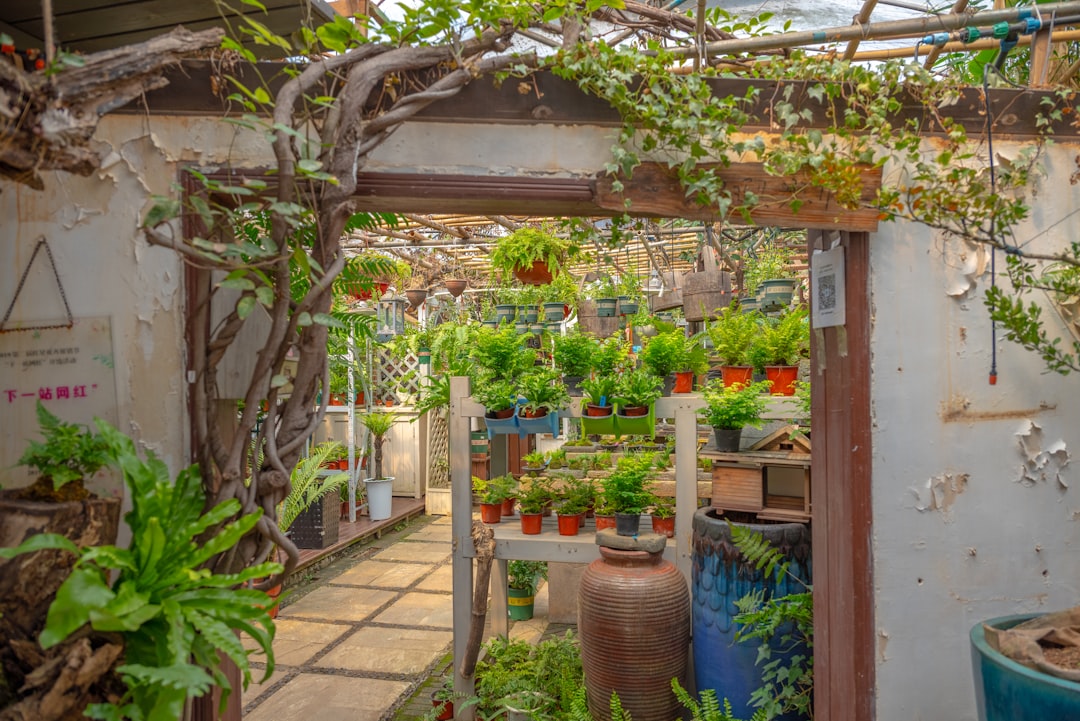The Secret to Prolonged Mum Blooms

Deadheading mums is a crucial practice for any gardener looking to extend the blooming period of these beautiful perennials. Mums, or chrysanthemums, are a staple in many gardens, offering a riot of colors from late summer through fall. By understanding when and how to deadhead them, you can ensure that your mums continue to produce vibrant flowers for as long as possible.
### When to Deadhead Mums
The ideal time to start deadheading mums is as soon as the flowers begin to fade. This usually occurs a few weeks after the initial bloom. You'll notice that the petals start to wilt and lose their color. At this point, it's time to take action. Regular deadheading throughout the blooming season is essential. As soon as one set of flowers starts to decline, remove them to encourage the plant to produce new buds. This continuous cycle of deadheading and new growth can significantly extend the blooming period of your mums.
It's important to keep an eye on your mums, especially during periods of heavy blooming. Some flowers may fade faster than others, so a weekly inspection of your plants is recommended. This way, you can catch the fading flowers early and prevent the plant from wasting energy on producing seeds.
### How to Deadhead Mums
Deadheading mums is a relatively simple process, but it's important to do it correctly to avoid damaging the plant. You'll need a pair of sharp, clean pruning shears or scissors. Make sure to sanitize your tools before use to prevent the spread of diseases.
To deadhead a mum, locate the spent flower just above the first set of healthy leaves or a lateral bud. Position your pruning shears at this point and make a clean cut. Try to cut at a slight angle to prevent water from pooling on the cut surface, which could lead to rot. If the spent flower is part of a cluster, you can remove the entire cluster at once. This will not only make the plant look neater but also encourage more uniform new growth.
When deadheading, be careful not to remove too much of the plant's foliage. The leaves are essential for photosynthesis, which provides the energy the plant needs to produce new flowers. Aim to remove only the spent flowers and a small portion of the stem directly below them.
### Benefits of Deadheading Mums
Deadheading mums offers several benefits beyond just prolonging the blooming period. Firstly, it improves the overall appearance of the plant. By removing the faded flowers, your mums will look more vibrant and healthy. This can enhance the aesthetic appeal of your garden, making it a more enjoyable place to spend time.
Secondly, deadheading helps the plant conserve energy. Instead of using its resources to produce seeds, the mum can focus on growing new flowers. This results in more abundant and larger blooms. Additionally, deadheading can prevent the plant from self - seeding, which can be beneficial if you want to control the spread of your mums in the garden.
### Tips for Successful Deadheading
To get the most out of deadheading your mums, here are some additional tips. Water your mums regularly, especially during dry spells. Well - hydrated plants are more likely to produce healthy new growth. Fertilize your mums with a balanced fertilizer according to the package instructions. This will provide the necessary nutrients for continuous blooming.
Also, consider the location of your mums. They prefer full sun for at least six hours a day. Make sure they are planted in well - drained soil to prevent root rot. If you live in an area with harsh winters, you can cut back the mums after the first frost and mulch them to protect the roots.
In conclusion, deadheading mums is a simple yet effective way to keep your garden looking beautiful throughout the fall. By following these guidelines on when and how to deadhead, you can enjoy a longer and more spectacular display of mum blooms. So, grab your pruning shears and get started on extending the life of your mums today!